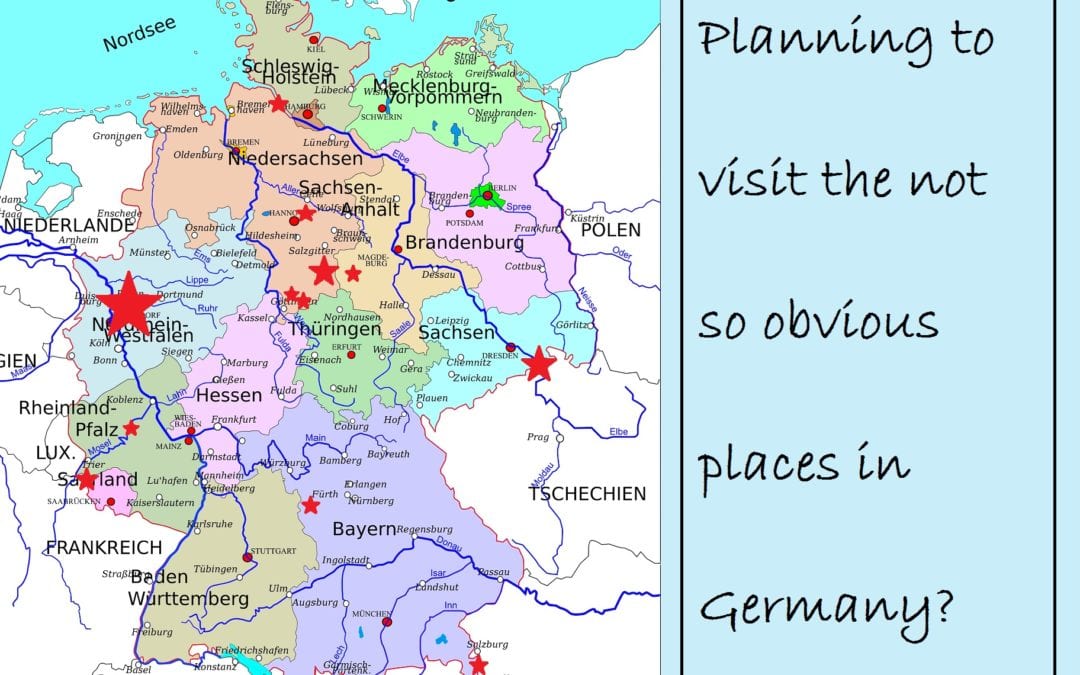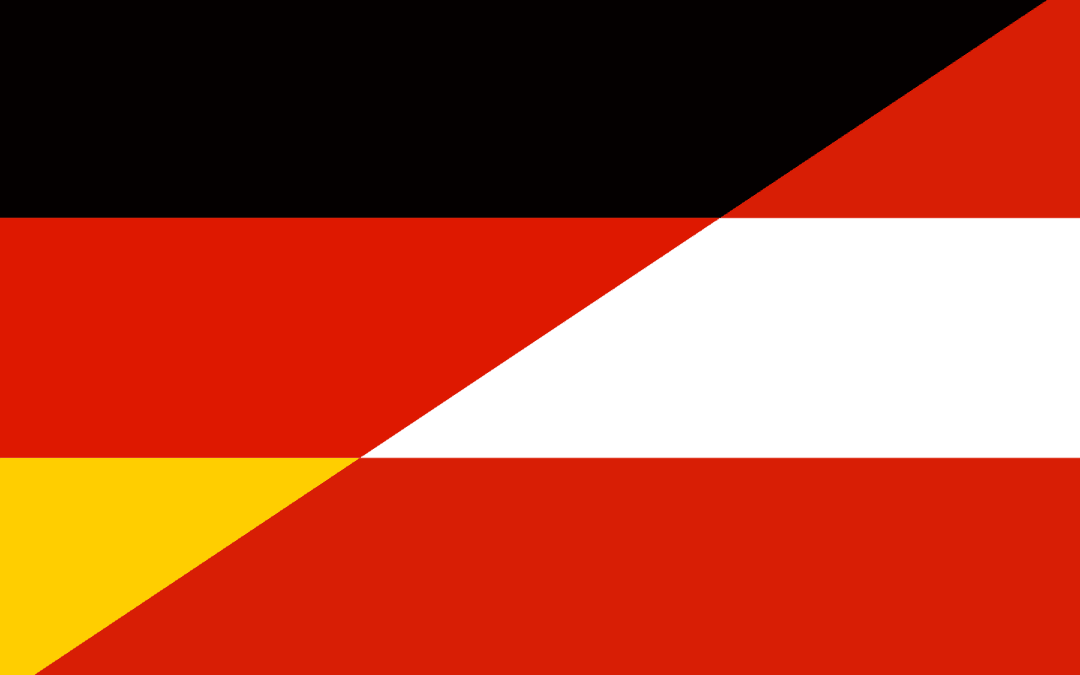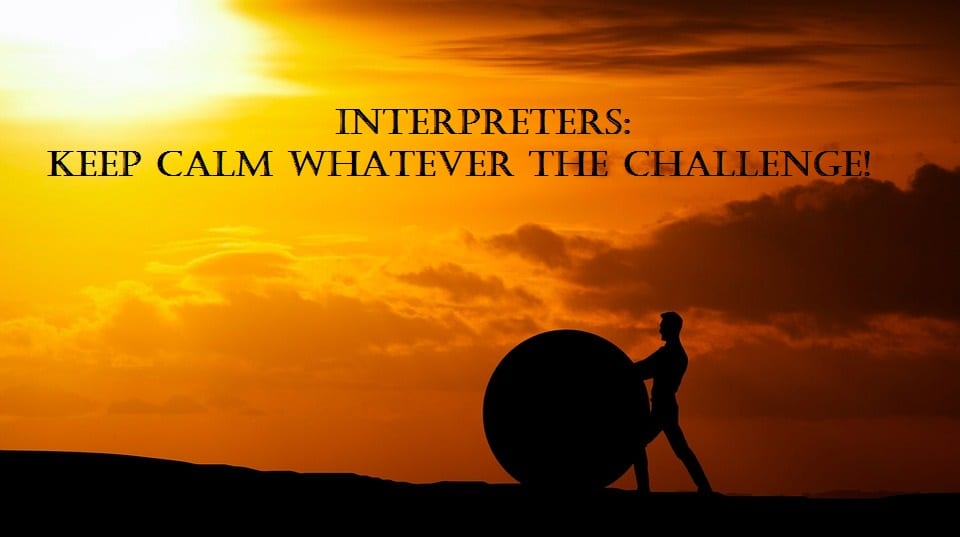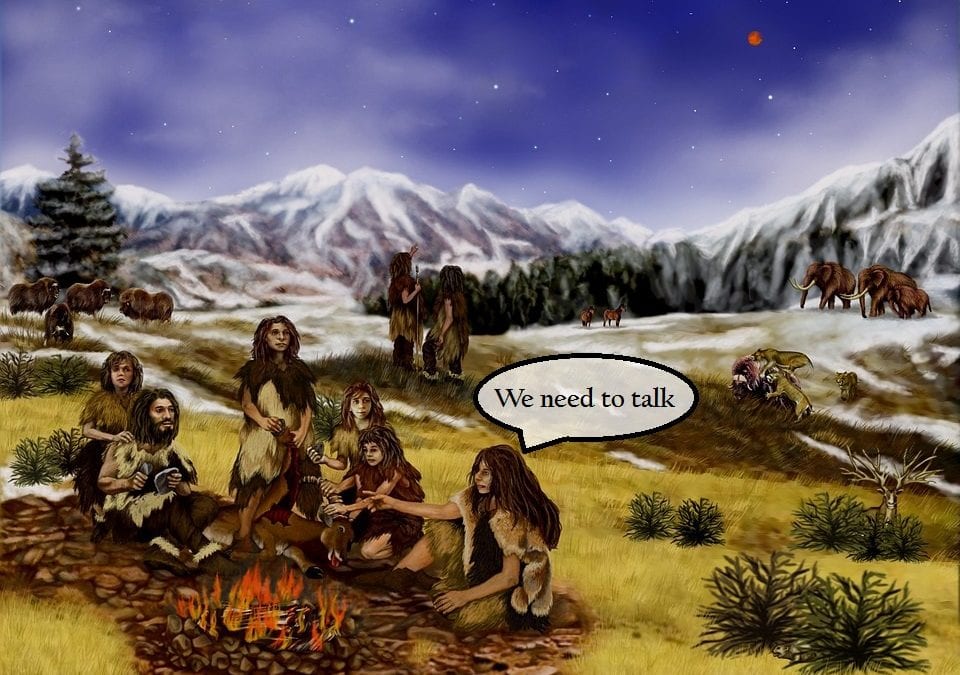
Mar 5, 2019 | Blog, Language Varieties
Rytsas everyone! Kirimvose for visiting our blog post about constructed languages! You just learned your first two words in High Valyrian: Rytsas – Hello – and Kirimvose – Thank you. David J. Peterson is the person who developed High Valyrian for the fantasy world in G.R.R. Martin’s book series The Song of Ice and Fire, also known as Game of Thrones. This is only one of many languages that were constructed for movies or TV series. But what’s behind these constructed languages? What rules do they follow? Let’s have a look at some of the most popular constructed languages for movies and series worldwide. Basics about constructed languages First of all, a constructed language is a language that was consciously invented by one individual and that has an elaborate linguistic system consisting of a specific phonology, vocabulary and grammar. Invented language, planned language and artificial language represent three of the many names for this phenomenon. As opposed to other languages we know such as English, French, Spanish, Japanese, etc., constructed languages have not evolved from thousands of years of development. There are many different reasons why people create new languages, for example: universal communication, research on already existing languages, and most importantly for our topic, to make a fictional world seem more authentic. The process of inventing a new language is complex. Thus, it is mostly professional linguists who do the job. There are two types of constructed languages – a posteriori languages and a priori languages. A posteriori languages contain aspects from already existing languages. Moreover the elements are usually simplified and mixed with other ones. A priori...

Feb 28, 2019 | Blog, Testimonials, Tips, Worldwide
May the Popular Places in Germany Be Popular Everyone knows Berlin, Munich, Hamburg, Cologne or Düsseldorf. Everyone also knows Bavaria, the Black Forest National Park or Neuschwanstein Castle. And certainly, there is a reason why everyone knows these popular places in Germany: they are beautiful, there are many (German) things to do and they overflow with tourists. But Germany has so much more to offer than these big cities and Bavaria. German Cities and Architecture If you really like cities, go to the west of Germany to a region called “Ruhrpott” in North Rhine-Westphalia. In this region there are a couple of big cities close together and well-connected by public transport. It may not be the most colorful place to be in Germany, but definitely worth visiting. In addition, cities like Cologne, Düsseldorf and Bonn are located there. Another city worth mentioning is Cochem. It is a nice colorful city built directly next to the Mosel River. Take a stroll along the promenade, for instance, observed by the Reichsburg Cochem, the Medieval toll castle, rebuilt in fairy tale style in the 1870s. The castle dates back to the 12th century. Meanwhile, modern looking house façades pair up next to half-timbering houses and the stone constructions of the Enderttor, the largest of Cochem’s three Medieval city gates. Cochem, however, is not the only city that offers rivers and castles. You will find them in many other places as well. Half-Timbering Houses If you are interested in architecture, you’ll like the historic old German towns, filled with many buildings in Fachwerk ‘half-timbering’. The UNESCO World Heritage City Quedlinburg, for instance, offers...

Feb 26, 2019 | Blog, Language Varieties
How to categorize Austrian German German is a pluricentric language, just like English. This means that there are several standard varieties that exist in different germanophone countries, such as Austrian German. A ‘language variety’ is a general term for a specific version of one language and when it is a ‘standard variety’, it is usually used publicly and considered prestigious. However, a language variety is not to be confused for a ‘dialect’. While dialects mainly appear in the spoken language with different forms of pronunciation or with slightly different grammatical structures, a standard variety manifests itself also in written language and its structures are considered as the correct standard for that country. One example of this is Austrian German, whose relationship to Standard German is comparable to that of British and American English. Austrian German and Standard German vocabulary in comparison One aspect that distinguishes Austrian German from Standard German is the vocabulary. Therefore, unique terms can be found in all areas of life. For example, in Austria, you go to the Kassa (cashier) instead of the Kasse. ‘Stairs’ are called Stiege, but in Standard German you say Treppe. And also, a very common word is Jänner for Januar (January). In the culinary field, there are many differences between Austrian and Standard German. For example, ‘cream’ in Austria is Schlagobers while in Standard German, you say Schlagsahne. In Austria, Aprikosen (apricots) are Marillen, Puderzucker (powdered sugar) is Staubzucker (literally dust sugar) and Quark (curd) is Topfen. And when it comes to drinks, in Austria, you cannot order a Weißweinschorle (sparkling white wine), you have to ask for a Weißer...

Feb 19, 2019 | Blog, Translation
The Use of German Terms of Endearment It doesn’t matter if they are partners, friends, children or pets: If you want to show verbal affection, you can use terms of endearment. And German is no exception. So, what are German terms of endearment? Are they very different from English? Most Common German Terms of Endearment The most used German terms of endearment seem to be the most boring ones, like Schatz ‘treasure’ with its variations Schatzi or Schätzchen. That one is so common that people make fun of it. Furthermore, some German people don’t use terms of endearment at all, which probably fits in with the German stereotype. Why invent a name if you already have one? Other common German terms of endearment are Maus/Mäuschen ‘mouse’, Hase/Häschen ‘rabbit’, Süße/-r ‘sweetie’, Liebste/-r ‘the most loved one’, Engelchen ‘little angel, and Bär/Bärchen ‘bear’. So, maybe German people do like their endearing names! Especially animal names, although this might not be only a German trait, since, for instance, Polish also uses animal names for their terms of endearment. As you can tell, you can call your loved one pretty much any animal name. Besides, you can make the name even cuter by adding the suffix –chen. This way you don’t call your loved one ‘bear’ but ‘little bear’, which shows even more affection. The suffix –i /y works in the same way: Hasi, Mausi, Bärli, and with first names Isy, Benni, Matthi. Less Used, But More Creative German Terms of Endearment There are German terms of endearment that are a little bit more creative, such as Schnucki, Schnuffi, Knuddel, Knuffi, Schmusi. They...


























